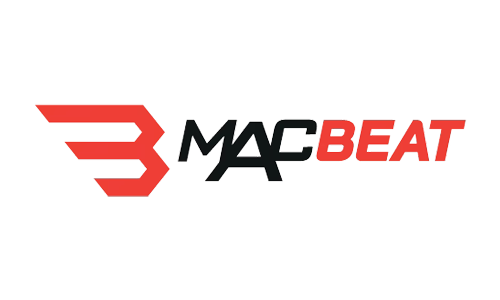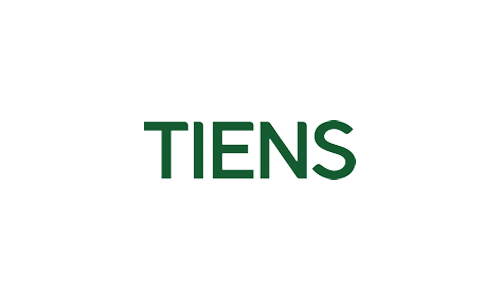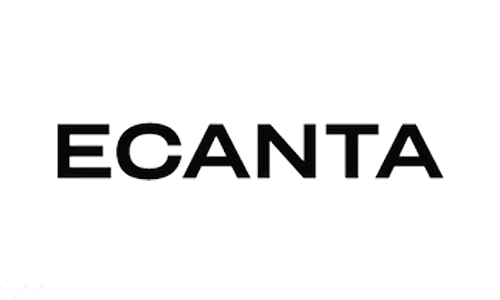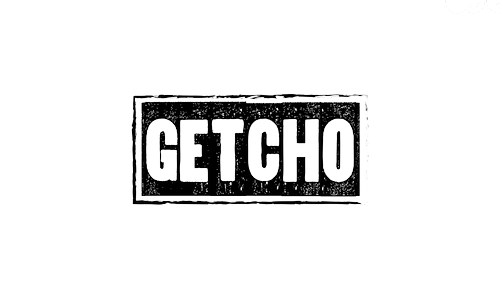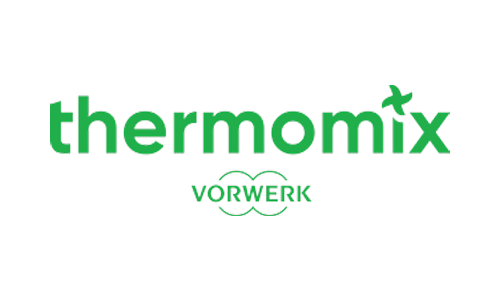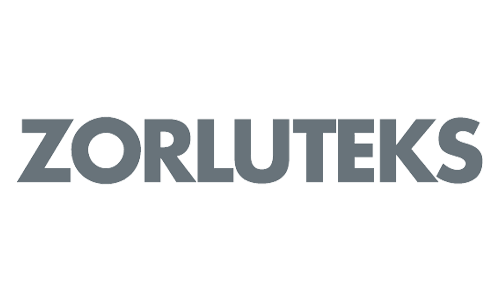Boost your business with our
Fulfillment and
E-commerce solutions
Fill out our quote form now and get your quote immediately to take your e-commerce operations to the next level!
Get A Quote
Fill out the form now, and we'll get in touch with you shortly.
Inventory Storage Order Management Shipping and Delivery Return Management
Drive Your Business Growth!
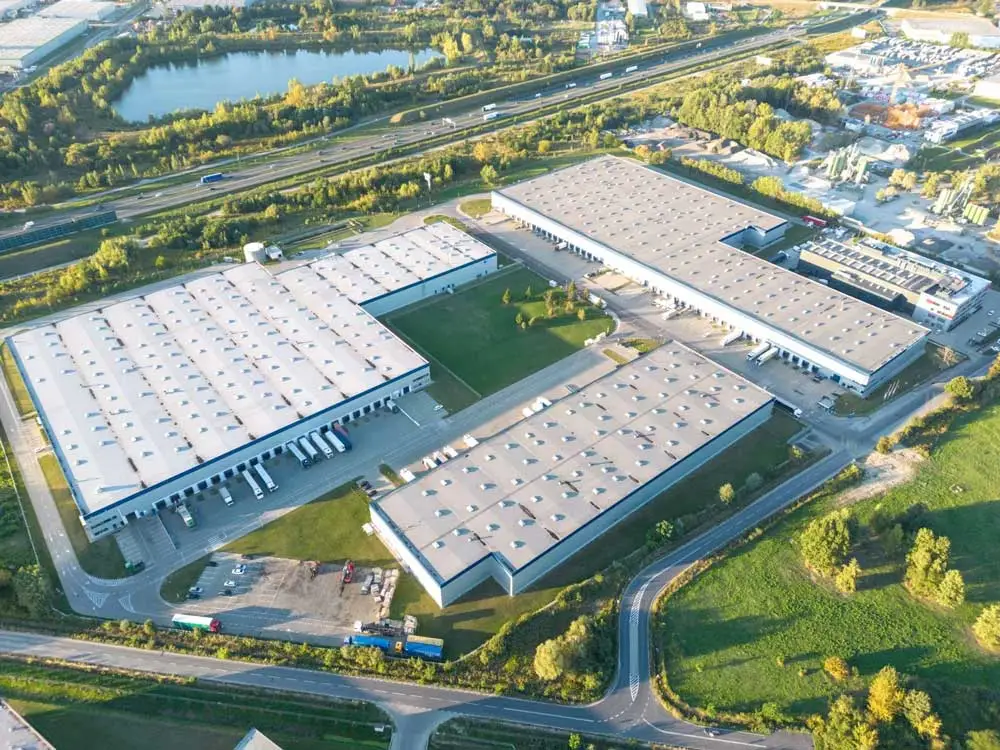
FULFILLMENT
Storage
Order Picking
Parcel Shipment
Return Management
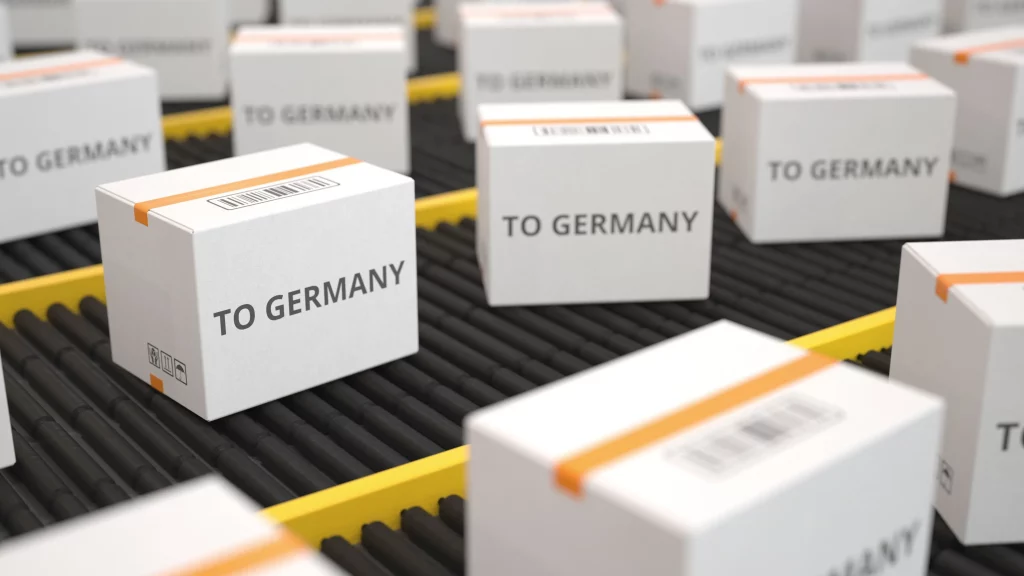
E-COMMERCE
Webshop Development
Webshop Management
Product Listing
Marketplace Integrations
Is fiCommerce Fulfillment right for your business?
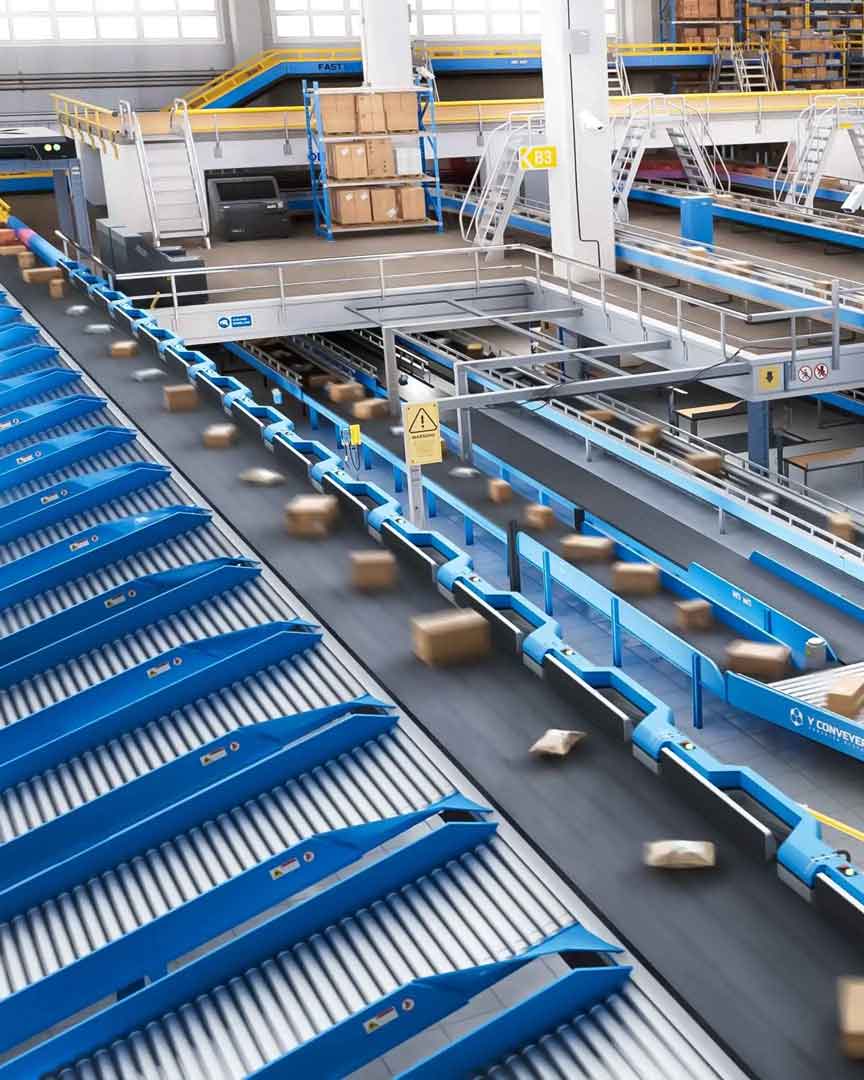
Reaching a specific sales volume (at least 500-1.000 shipments per month) is essential to fully experience the benefits of fulfillment services. Therefore, fulfillment is often preferred by e-commerce businesses that are already operational and generating sales.
Additionally, if you don't yet have an e-commerce operation but aim to reach these volumes shortly after starting, fiCommerce will be a suitable partner for you.
If you're aiming to quickly expand your e-commerce business or are already experiencing rapid growth, we can support your scaling efforts by providing the necessary space and staff. fiCommerce fulfillment's adaptable structure is designed to meet your workload during peak periods such as Black Friday and back-to-school sales, as well as through seasonal fluctuations.
fiCommerce fulfillment offers flexibility to e-commerce businesses. Our logistics services are billed based on actual usage, which means invoicing is determined by the space used and the number of orders shipped. This allows us to scale our resources to match your current needs.
If you're planning to grow your e-commerce business rapidly, we can support you by providing the necessary space and staffing as you communicate your requirements. The flexibility of fulfillment allows you to expand your business quickly across different markets.
With a technological logistics infrastructure, fiCommerce enables you to manage both local and international orders from the very first day of partnership.
fiCommerce efficiently manages your e-commerce logistics operations end-to-end from fulfillment centers located in Turkey, Germany, Saudi Arabia.
Whether you’re selling through your own website or popular marketplaces, FiCommerce’s cross-border logistics expertise and technological infrastructure make it easy to quickly scale your e-commerce business.
A significant portion of e-commerce sales today takes place on marketplaces. These platforms allow online stores easy access to local and international customers without requiring large investments to build and promote their brands. However, meeting marketplace requirements can be challenging for e-commerce businesses.
fiCommerce, in partnership with Dopigo, Omniens, and Channel Engine, integrates with over 200 marketplaces, helping you adapt to order processing requirements and streamline your integration processes.
Through integrations with Channel Engine, Omniens, Dopigo, Sentos, and Entegra, fiCommerce connects you to over 200 marketplaces, helping you adapt to order processing requirements and streamline your integration processes.
Our experience and technology guarantee on-time and accurate order processing. A strict and automated process minimizes the risk of errors.
Our order accuracy rate is 99.99%, even during high-demand seasons like Black Friday and Back-to-School.
With fiCommerce, you can trust that your orders will be processed correctly and your packages shipped quickly.
Running an e-commerce business requires a wide range of expertise in creating great products, marketing, and sales. However, logistics doesn’t have to be one of those areas.
fiCommerce can take over the "logistics" aspect entirely, lifting that burden off your shoulders. If you don’t have a logistics team or if your staff is not sufficient to handle operations, partnering with us can simplify this process.
At fiCommerce, we’re a team of experts with experience in logistics and technology. By using our fulfillment services, you can hand over logistics to professionals, gaining more time to focus on growing your e-commerce business.
fiCommerce or Own Warehouse
Cost flexibility - billing based on actual usage
Savings
(process optimizations, low courier and packaging rates)
Effective use of space
(high storage, processes, technologies)
Resource flexibility
(additional space and staff available on demand)
Order processing according to your guidelines
Handling of orders sold on marketplaces
Fast & Flexible shipping
(top warehouse location, many couriers to choose from)
Top quality maintained even during sales peaks
Fast and error-free inbound + handling
(scans, EAN, SSCC codes)
Process accuracy - no risk of errors
Goods security
(24/7 monitoring, alarms, security staff, access control, limited access zone)
More time to focus on your business growth
No need to manage warehouse team
Ease of managing logistics
(processes, technology, automation, operational support)
Logistics data visible in the system 24/7
How fiCommerce Fulfillment Works?
1. Project Kickoff Meeting
2. Online Sales Channels Integration
3. Storage & Order Preparation
4. Operation Start
0+
Sales Channels
0
Carriers
0
Fulfillment Centers
Global Fulfillment
Solutions
We efficiently manage all your e-commerce operations end-to-end in Turkey, Europe and KSA with our fulfillment services.

fi's Golden Ratios
fiCommerce provides all your e-commerce needs in one platform!
%0
Order Accuracy Rate
%0
Stok Accuracy Rate
0 Hours
Delivery to Europe
0 Hours
Acceptance of Goods and Returns
FAQ
Fulfillment simply covers the steps that customers who have an e-commerce store in e-commerce logistics follow from the order intake to the deliveries. These steps are all the processes of storing the products of e-commerce vendors, keeping stocks, preparing, packaging, labelling, shipping, delivering, return processes and managing customer relations. Thus, e-commerce companies get rid of the workload of these operational processes and experience the advantages of delivering their products to customers without any problems.
The scope of e-logistics activities can be shaped according to the demands of the businesses receiving services, but in general, it covers a wide range of stock planning, order taking, storing, packaging, loading, transporting and managing the return process for e-commerce businesses that want to get end-to-end service.
The advantages of e-commerce logistics are as follows:
- E-logistics services provide speed and organized planning advantages to their customers.
- An enterprise engaged in e-commerce gains efficiency with low cost and a low margin of error thanks to e-logistics services.
- Through e-logistics, businesses can offer a lot of product services to their customers in wide markets.
- Companies can collect information about the demands and different needs of their customers and thus increase the diversity of business services.
- Companies deliver products to their customers faster thanks to space and time savings.
In e-commerce, e-logistics services are supported by information technologies, unlike traditional logistics services. The e-logistics services processes supported by information technologies are generally as follows;
- Products are received from the company or the supplier of the company, packaged, labeled and handled.
- Internet-based systems are used in customs and shipment processes.
- Logistics vehicles are tracked by satellite systems.
- Automation systems are used in storage processes.
- From product order to delivery, the customer who places the order is informed by e-mail and sms during the product delivery process in line with the permissions given within the scope of personal data protection law (KVKK).
How to make effective logistics management in e-commerce? You can find more information about e-commerce logistics by checking our content.
The most important goal of an e-commerce business is to deliver the product ordered to the customer in the safest and fastest way. To achieve this, it is necessary to meet the most important criteria of e-commerce logistics. These criteria include the following;
- Digitalising delivery planning in the e-logistics process.
- Organising storage and stock control processes.
- Choosing the right packaging option for the product.
- Differentiating in the eyes of the customer in the competitive environment of the sector with additional services.
- To work with delivery companies that provide the best service.
- To follow innovative logistics services.
One of the most important steps of an e-commerce operation is the logistics process. The starting point of a good logistics process is the right storage. The storage process starts with goods acceptance.
The products sent from the manufacturer or seller with parcels, pallets, etc. are barcoded and scanned one by one and taken into stock. The important thing here is the correct stocking according to the product category.
- Mezzanine shelf storage: Mezzanine shelf is a shelf system that enables the most efficient use of the height of a warehouse area. Examples include products in quantity (lipstick, pens, etc.) and textiles, sports category and home decoration products that require layered stockings.
- Hanging storage: It is an important type of stocking for brands selling in the textile category.
- Temperature-conditioned Room: Some product categories should be stored under different temperature conditions due to the chemicals they contain. Supplements, medtech (medical technology products), lenses, vitamins and some food categories (delicatessen, chocolate, canned food, etc.) are examples of product categories that should be stocked in temperature-conditioned rooms.
- Flammable combustible room: Some products are riskier than other product categories in a potential fire situation due to their content. Perfumes, deodorants in the cosmetics category should be stocked in flammable combustible rooms.
- Partial storage: It is the stocking method used especially for product categories with large volumes. For example, it is suitable for multi-part products such as air conditioners and wardrobes.
You can get more information about storage processes and product categories by taking a look at our article titled, What is the Relationship Between Storage Conditions and Product Category? Why is it important?


